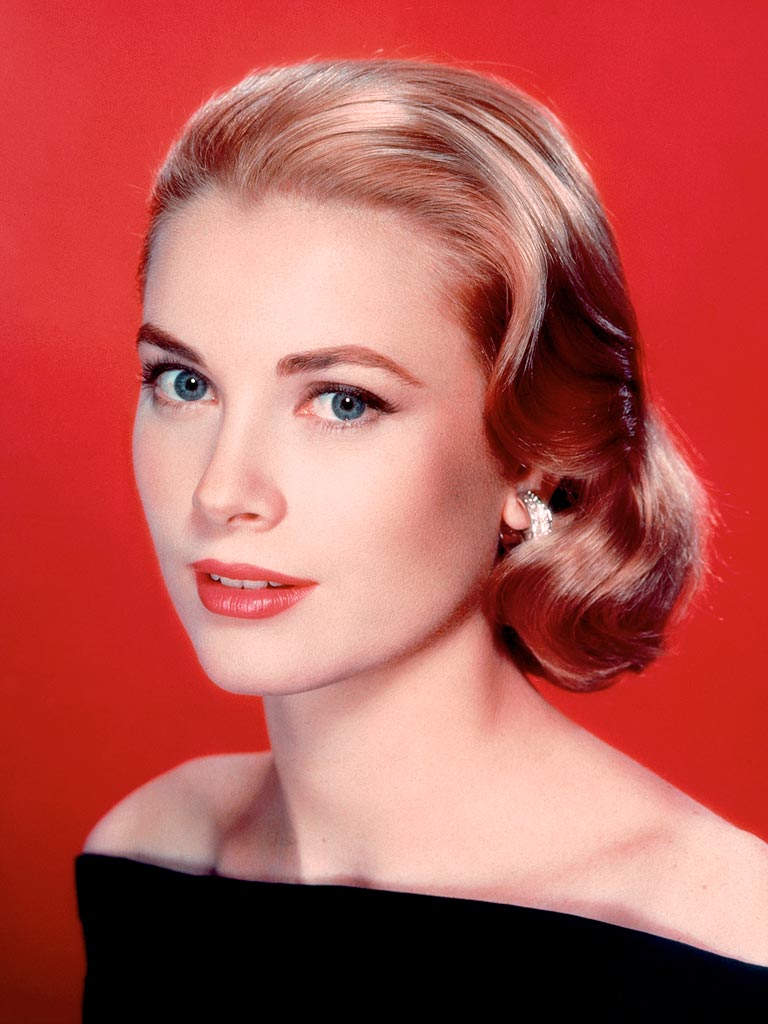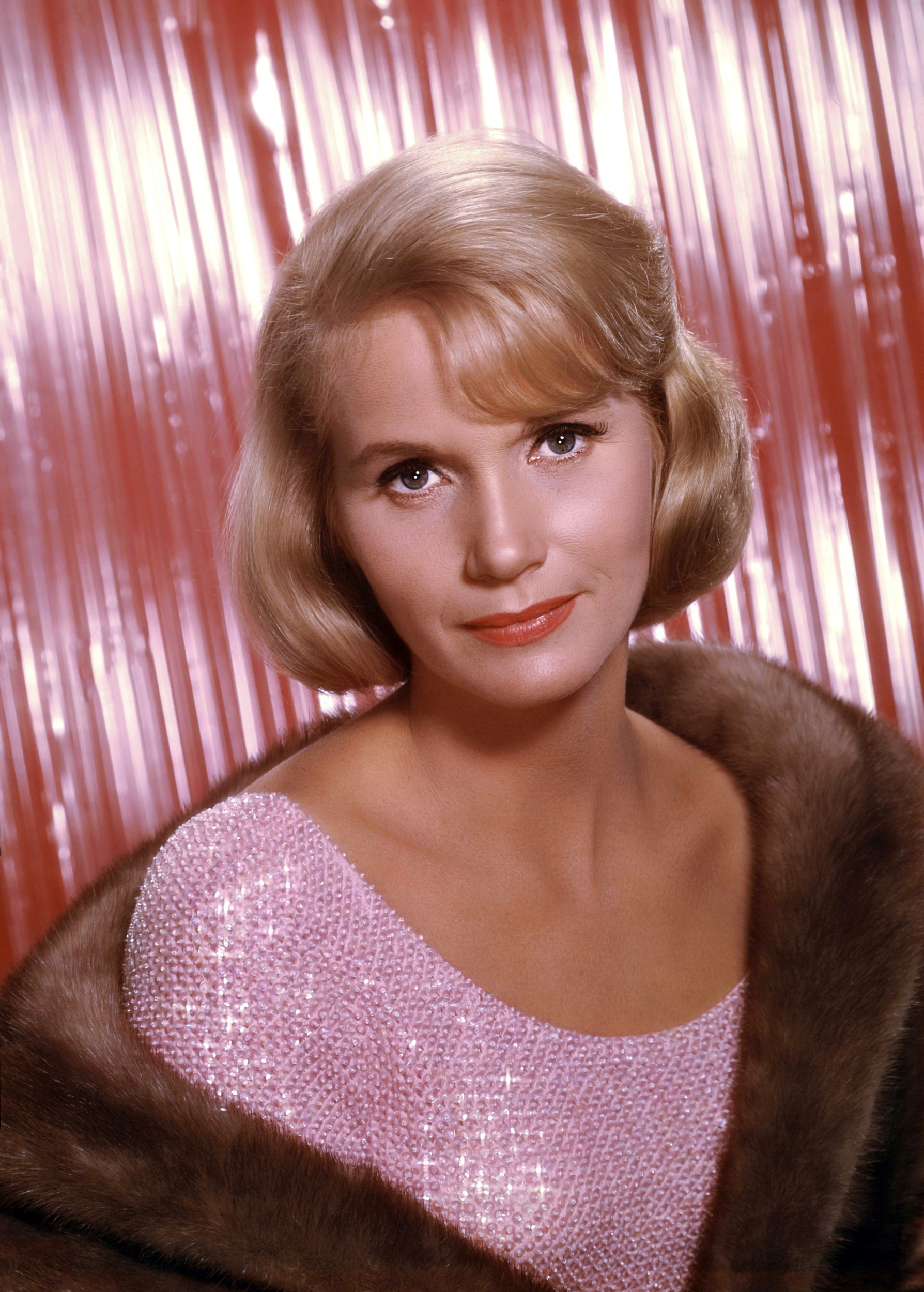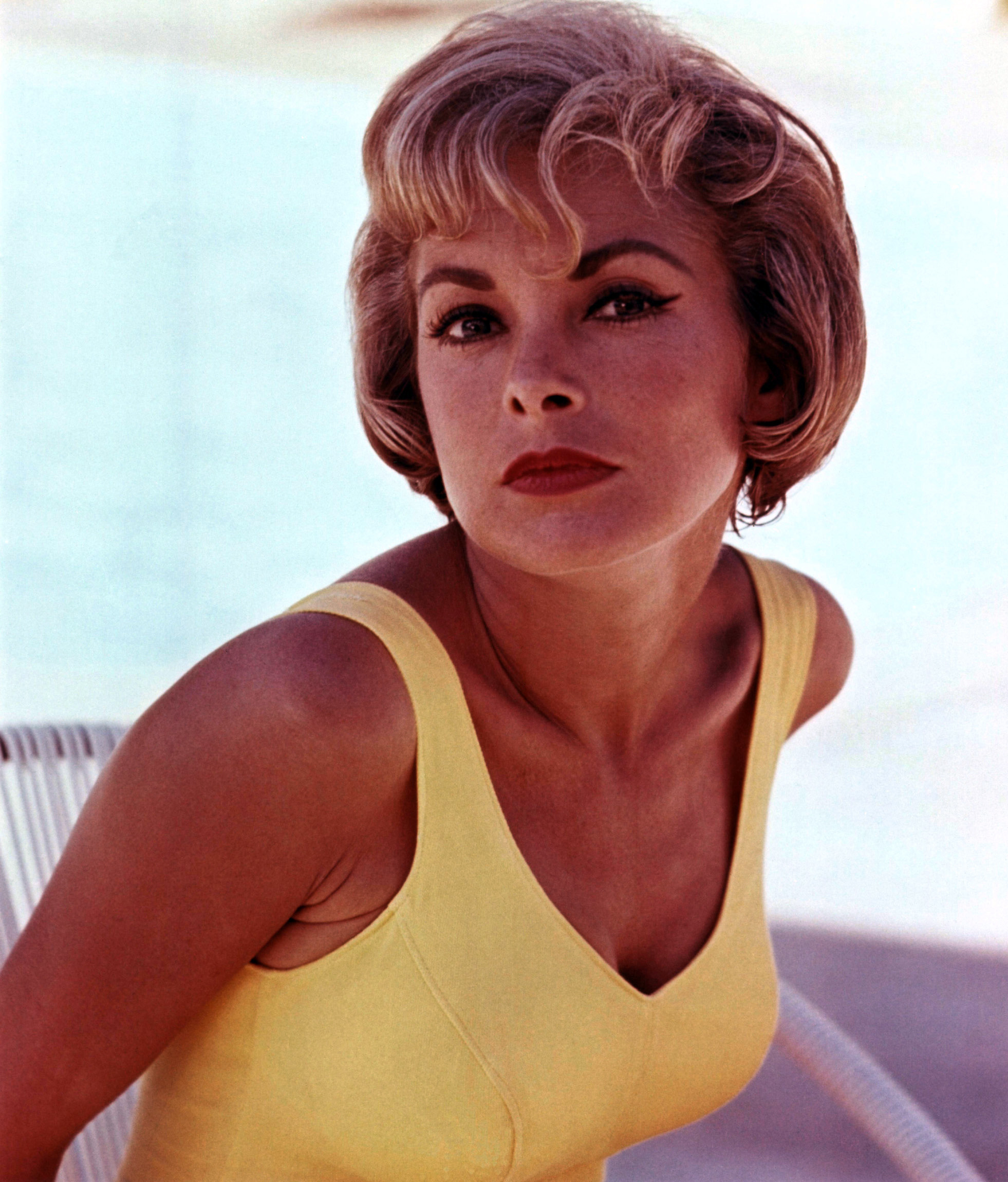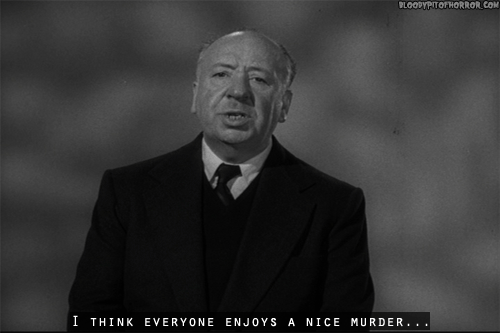Grace Kelly. Kim Novak. Eva Marie Saint. Janet Leigh. Doris Day. Vera Miles. Tippi Hendren.
These classic Hollywood actresses have more in common than just leading roles in Alfred Hitchcock’s films, they also all have blonde hair and similar facial structures. Though an average film-goer would chalk up these similarities as coincidence- no one loves inside Hollywood stories more than Hollywood. In fact, Hitch’s peculiar (almost vulgar) treatment of actresses was widely, but quietly discussed in the world of America cinema. Hitchcock himself even added fuel to the fire, declaring that “actors are cattle” in an interview. However it can be seen that Hitchcock had a particular breed of cattle he liked to cast in his films, with it all beginning with Grace Kelly.
Dial M for Murder (1954) was Hitchcock’s and Kelly’s first collaboration, with Rear Window and To Catch a Thief (their second and third collaborations) both being released the year after. According to the rumor mill, Hitchcock was fascinated by Kelly, with Kelly’s retirement from acting in 1956 bringing absolute devastation to the boisterous director. In fact, many speculate that Kelly’s departure caused a void in Hitchcock’s direction that he tried to fill with as many Grace Kelly look-a-like actresses he could find. Unfortunately, his glorification of Kelly did not transfer to the other actresses he directed.
The first rumor of maltreatment comes from the perspective of Janet Leigh, who starred as Marion Crane in the film Psycho. The myth involves the famous shower scene, insinuating that in order to get an authentic reaction from Leigh, Hitchcock himself came at her with the knife. Additionally, it was rumored that Hitchcock drilled holes in the wall of Leigh’s dressing room to watch her, with both instances being dramatized in the 2012 film Hitchcock.The second myth that is popular involves Tippi Hendren and the pivotal scene in The Birds, when the birds attack her character. The Girl (an HBO film about Hitchcock and Hendren) depicts a “behind the scenes” look, with Hendren cowering in a corner as Hitchcock instructed the handlers to release live birds at the actress, over the course of five, extensive days (it was only suppose to be a day shoot). Though these myths are warped by speculation and artistic subjectivity of film-depicted events, this two specific anecdotes raise eyebrows of who Hitchcock actually was as an individual.
Perhaps the crowning achievement of Hitchcock’s career is his ability to emerge moviegoers into his own state of mind as the director, particularly through voyeurism. Throughout most of Hitchcock’s famous filmography, we as the audience are constantly viewing the film through the subjective mind of the director (Hitchcock, a male) or the protagonist (typically also a male). Therefore, we are viewing the female leads in the film also through the eyes of a man, with this casting a haunting perspective when we take a step back and realizes what Hitchcock is trying to say about the sexes through his lens. This is most noticeable in Jimmy Stewart’s characters in both Rear Window and Vertigo, but is also noticeable in the character of Norman Bates in Psycho. In all three of the films, these men are physically unable to interact with the women they are interested in, so they watch them instead and fantasize how in their perfect world, these women would act. However, when faced with reality of the women in their lives (like Lisa is to Jeff or Marion is to Norman after she questions his mother) they cannot accept these women until they conform to their fantasy, so they either abuse them or on an extreme end, murder them.
If these male protagonists’ view of women is shaped by the subjective view of Hitchcock’s camera, it makes one wonder if their gaze is anyway analogous to Hitchcock’s own view of his leading ladies, which is startling if you believe the urban legends of Hollywood.
For more information, view this article here http://entertainment.time.com/2012/11/25/was-hitchcock-psycho/









